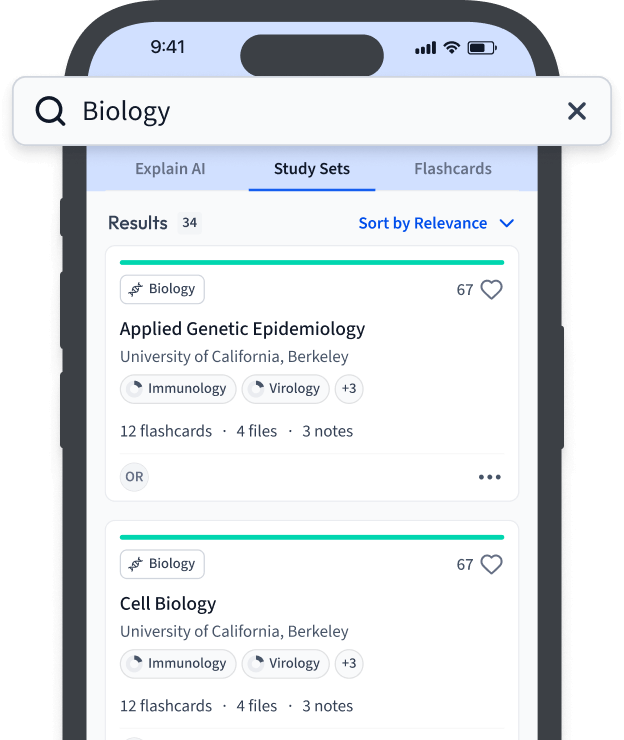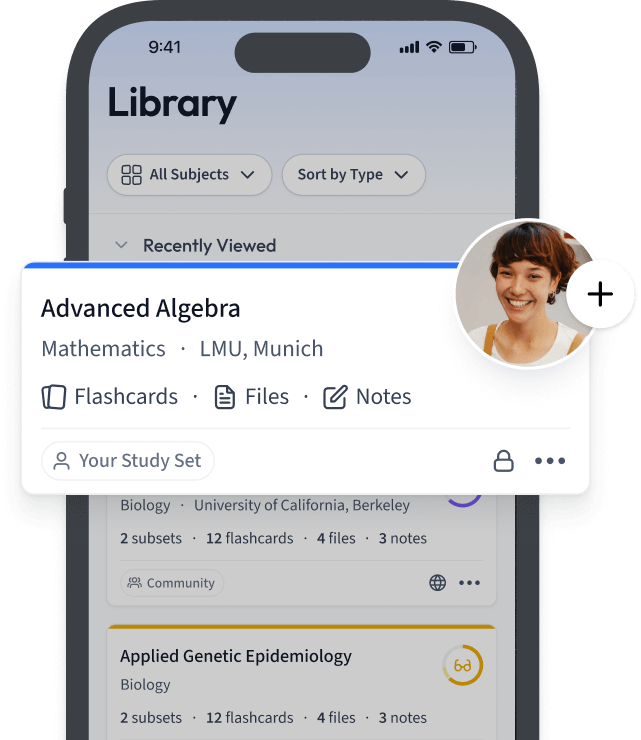Danke für Ihr Interesse an den Lernpräferenzen!
Danke für dein Interesse an verschiedenen Lernmethoden! Welche Methode bevorzugst du? (z. B. „Audio“, „Video“, „Text“, „Keine Präferenz“) (optional)
Feedback sendenRührteig Definition
Before you embark on baking or culinary adventures within the world of gastronomy, it’s crucial to understand the various types of dough and their uses. One such fundamental type is the Rührteig.
Rührteig is a type of dough primarily used in baking, particularly for cakes. It is characterized by its light and airy structure achieved by carefully incorporating ingredients such as butter, sugar, eggs, and flour in specific steps.
Rührteig Composition and Preparation
- Butter: Often used as the base fat, providing flavor and structure.
- Sugar: Essential for sweetness and moisture retention.
- Eggs: Add moisture, aid in leavening, and provide structure.
- Flour: Gives the dough its body and contributes to the final texture.
- Leavening Agents: Generally baking powder or baking soda, which ensure that the Rührteig rises well.
Suppose you're preparing a basic vanilla cake. Using Rührteig, you would start by creaming 200 grams of butter with 200 grams of sugar. Then, you would add four eggs, one after the other, ensuring each is well incorporated. Finally, you mix in 300 grams of flour and a teaspoon of baking powder until you have a smooth batter.
For a fluffier texture, consider mixing at a medium speed and ensuring all ingredients are at room temperature before starting.
Exploring the science behind Rührteig, the creaming of butter and sugar plays a pivotal role. This step incorporates tiny air bubbles into the batter, which expand upon baking, leading to a light cake texture. Eggs further support this structure due to their binding properties, while flour adds necessary strength to hold everything together. Leavening agents such as baking powder expand when heated, pushing the batter upward to create height and tenderness.
Rührteig Technik
The art of creating Rührteig, or batter dough, is an essential skill for anyone interested in gastronomy and baking. Mastering this technique involves understanding the order of ingredient addition and mixing methods that lead to perfectly risen cakes and pastries.
Steps in Rührteig Technique
When preparing Rührteig, it's essential to follow these steps to ensure a consistent and smooth batter:
- Creaming: Beat butter and sugar together until light and fluffy. This step introduces air, which is crucial for the dough's leavening.
- Egg Incorporation: Add eggs one at a time, mixing well after each addition to emulsify the batter and avoid any separation.
- Dry Ingredients: Sieve the flour and baking powder to remove lumps, then gradually fold them into the wet mixture.
Always bring your ingredients, especially butter and eggs, to room temperature to ensure even mixing and better texture.
Delving deeper into the Rührteig process, the creaming phase not only determines the texture but also affects the flavor profile of the final product. Properly creamed butter and sugar capture and hold air, which expands when heated and aids in creating a delicate crumb. Overmixing, particularly after adding flour, can develop gluten strands, leading to a tougher cake. Thus, alternating between wet and dry ingredients can help maintain balance and achieve a tender, airy bake.
Let's imagine preparing a chocolate cake using Rührteig. Start by creaming 250 grams of butter with 250 grams of sugar until pale and fluffy. Gradually add four eggs, beating well after each. For the dry mix, use 300 grams of flour, 2 teaspoons of baking powder, and 50 grams of cocoa powder. Fold the dry ingredients into the wet mix in three parts, being gentle to preserve the light texture.
Rührteig Einfach Erklärt
Understanding dough types is crucial in the world of baking and culinary arts. Among them, Rührteig stands out as a versatile and commonly used batter in cakes and other pastries. Known for its airy texture, it is a staple in many recipes.
Rührteig is a cake batter made primarily from butter, sugar, eggs, and flour. It is mixed in a specific order to create a light texture, which is key in baking delicate and moist cakes.
Typical Rührteig Ingredients
The ingredients for Rührteig typically include:
- Butter: Provides richness and flavor.
- Sugar: Sweetens and helps incorporate air during creaming.
- Eggs: Contribute to the structure and moisture.
- Flour: Forms the base and provides stability.
- Leavening Agents: Such as baking powder, to ensure the rise.
An example of a simple vanilla cake with Rührteig involves creaming 200 grams of butter with 200 grams of sugar, adding four eggs one at a time, and slowly incorporating 250 grams of flour with 1 tablespoon of baking powder.
During the creaming process, air bubbles are trapped in the butter-sugar mixture. These bubbles expand during baking, promoting the cake’s rise. Adding eggs one at a time helps maintain the batter's emulsion, crucial for even texture. Flour and baking powder not only stabilize but also push the mixture upwards for a fluffy finish. Overmixing can lead to gluten formation, making the cake dense, so mix until just combined.
Ensure ingredients, especially butter and eggs, are at room temperature to achieve a smooth and consistent Rührteig.
Rührteig Grundrezept
The foundation of many baking recipes, Rührteig, is cherished for its simplicity and versatility. It is a staple in the gastronomy sector, particularly for cakes and muffins.
Rührteig Zubereitung
To prepare Rührteig, follow these essential steps to achieve an ideal consistency and flavor:1. Creaming the Butter and Sugar: Begin by creaming 200 grams of butter and 200 grams of sugar until the mixture is pale and fluffy. This step ensures the incorporation of air, improving the rise of your batter.2. Adding the Eggs: Gradually blend in four eggs, adding them one at a time and mixing thoroughly after each to maintain a stable emulsion.3. Incorporating Dry Ingredients: Sift together 300 grams of flour and a teaspoon of baking powder. This helps remove clumps and evenly distribute the leavening agent.4. Mixing: Gently fold the dry ingredients into the wet mixture, ensuring a smooth and lump-free batter.
Always preheat your oven before mixing your batter to ensure even cooking right from the start.
The role of temperature in Rührteig preparation cannot be understated. Ingredients like butter, eggs, and milk should be at room temperature for optimal mixing. Cold ingredients can cause the batter to curdle, leading to an uneven texture. Creaming butter and sugar effectively requires softened butter, whereas eggs at room temperature incorporate more smoothly, creating a seamless blend with other ingredients.
Rührteig Anwendung in der Gastronomie
Rührteig is a versatile dough within the culinary sector and finds several applications:
- Cakes: Use it for sponge cakes, marble cakes, and pound cakes, providing a light and fluffy base.
- Muffins: It serves as an excellent batter for muffins, allowing the incorporation of berries, nuts, and chocolate chips.
- Layered Desserts: Ideal for creating multiple textured layers in pastries and trifles.
In a hotel bakery, Rührteig might be used for producing an array of morning sweets. From classic vanilla muffins to intricate marble cakes, chefs rely on this batter to create consistently delightful offerings that satisfy diverse palates.
Rührteig - Key takeaways
- Rührteig Definition: A type of dough used in baking, especially for cakes, with a light and airy structure.
- Rührteig Composition: Consists of butter, sugar, eggs, and flour, carefully mixed to create a light texture.
- Rührteig Technique: Involves creaming butter and sugar, adding eggs gradually, and folding in flour and leavening agents.
- Rührteig Basic Recipe: Begin with creaming 200g butter and sugar, add four eggs, and incorporate 300g flour and baking powder.
- Rührteig Preparation: Ensure all ingredients are at room temperature for smooth mixing and avoid overmixing to prevent dense textures.
- Rührteig Application in Gastronomy: Used in cakes, muffins, and layered desserts for a versatile and fluffy base.
Lerne schneller mit den 12 Karteikarten zu Rührteig
Melde dich kostenlos an, um Zugriff auf all unsere Karteikarten zu erhalten.

Häufig gestellte Fragen zum Thema Rührteig


Über StudySmarter
StudySmarter ist ein weltweit anerkanntes Bildungstechnologie-Unternehmen, das eine ganzheitliche Lernplattform für Schüler und Studenten aller Altersstufen und Bildungsniveaus bietet. Unsere Plattform unterstützt das Lernen in einer breiten Palette von Fächern, einschließlich MINT, Sozialwissenschaften und Sprachen, und hilft den Schülern auch, weltweit verschiedene Tests und Prüfungen wie GCSE, A Level, SAT, ACT, Abitur und mehr erfolgreich zu meistern. Wir bieten eine umfangreiche Bibliothek von Lernmaterialien, einschließlich interaktiver Karteikarten, umfassender Lehrbuchlösungen und detaillierter Erklärungen. Die fortschrittliche Technologie und Werkzeuge, die wir zur Verfügung stellen, helfen Schülern, ihre eigenen Lernmaterialien zu erstellen. Die Inhalte von StudySmarter sind nicht nur von Experten geprüft, sondern werden auch regelmäßig aktualisiert, um Genauigkeit und Relevanz zu gewährleisten.
Erfahre mehr





